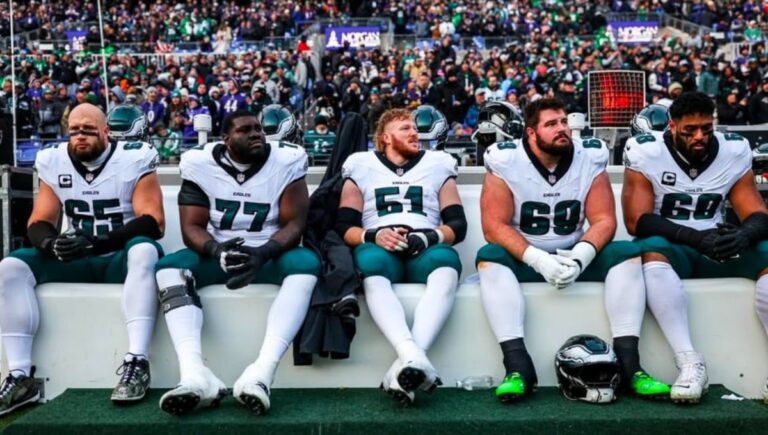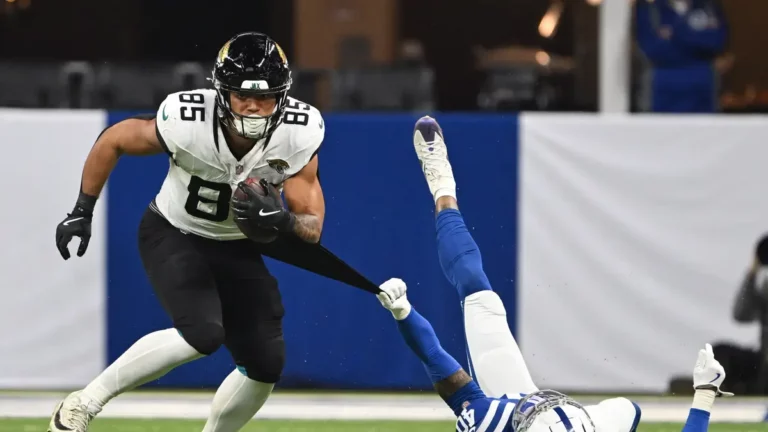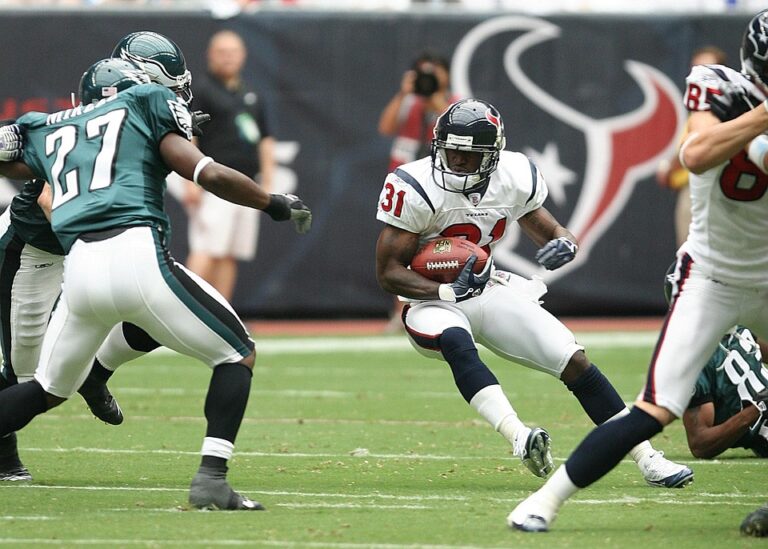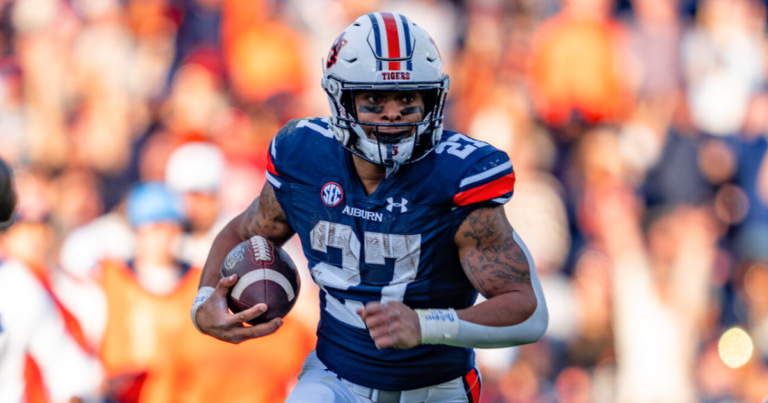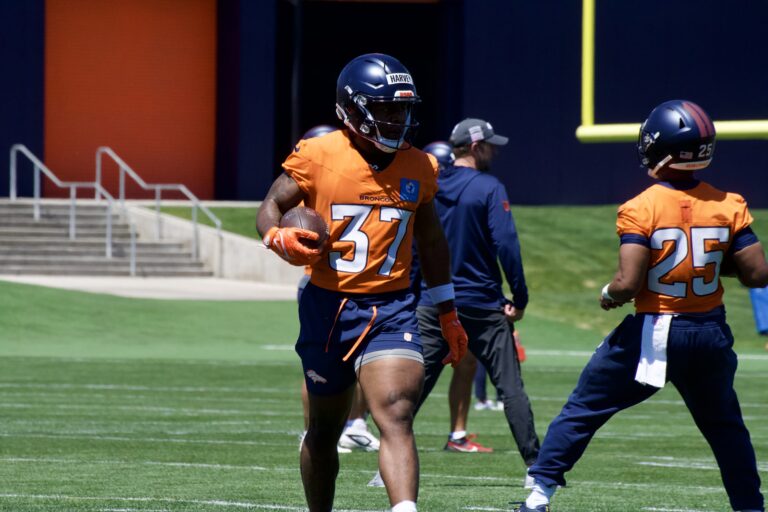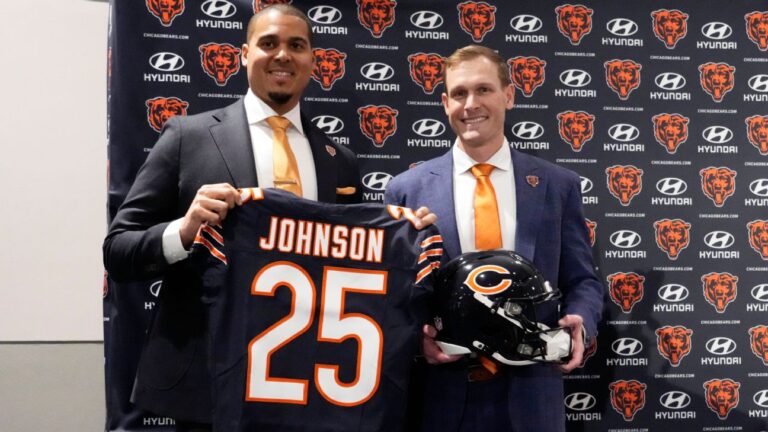Volume is the single greatest predictor of fantasy football results. But all volume is not created equal. You might have heard that a target is worth 2.74 times as much as a carry in PPR leagues, but even knowing that statistic doesn’t tell the whole story. Carries from inside the 5 are still more valuable than targets in the middle of the field. And long bombs with lots of air yards are more valuable than short dump-offs. Fortunately, we can use expected fantasy points to easily compare each player’s workload on a level playing field.
Comparing workloads on a per-game basis is best. Running backs tend to get injured a lot, but missing games one year doesn’t necessarily lead to missing games in the future.
To give you the most accurate comparison, I removed all games when players were inactive or suffered an in-game injury. In addition, I took the sample of games that I feel best represents each player’s 2021 situation. Some second-year players like Jonathan Taylor, Cam Akers, and D’Andre Swift broke out late in the season, so their early-season data is relatively useless for 2021 fantasy football rankings.
But before we dive into the data for The Wolf’s 2021 Fantasy Football top-8 running backs, you need to understand what the expected fantasy points values really mean.
Check out Expected Fantasy Points for RBs 9-16 and RBs 17-24
Overview of Expected Fantasy Points
I built the model based on a metric called Expected Fantasy Points (xFP). A player’s xFP is calculated based on the value of each target or carry, using historical data attributes that correlate highly with actual fantasy points scored.
Expected Fantasy Points essentially show what an average player would have done with the opportunities seen by any given player. We can then subtract the player’s actual fantasy points scored to arrive at the difference, a key metric.
How to Interpret Expected Fantasy Points
The difference between expected and actual fantasy points comes from two sources:
Talent/Situation
We would expect the most talented players in the NFL to score more fantasy points than their expected fantasy points. That’s pretty obvious since xFP is based on the averages of all players. Also, a given coach or scheme might lead to a sustainable difference in actual over expected points. A carry in Kyle Shanahan’s offense will typically produce more points than a carry in Adam Gase’s offense. A carry behind an elite offensive line would be more valuable than a poor one.
These are all sustainable ways for a player to consistently outperform or underperform their expected points. Because of these differences between players, we should not assume that the difference between expected and actual points will always regress to zero. In other words, don’t blindly buy any player with a negative difference. Don’t sell every player with a positive difference.
Luck
The main reason to use expected fantasy points is to identify players who are experiencing very bad or very good luck. Unlike the previous differences, luck will even out over a long period. We want to buy players who are having bad luck and sell players who are having good luck.
Separating differences that are sustainable from differences due to luck can be tricky. It’s not an exact science. However, most players will score within a few points per game of their expected fantasy points for the season. The players with the largest differences are the ones most likely to be benefitting or suffering from luck.
Note: All data in this article uses full PPR scoring.
The Wolf’s Top-8 Running Back Breakdown
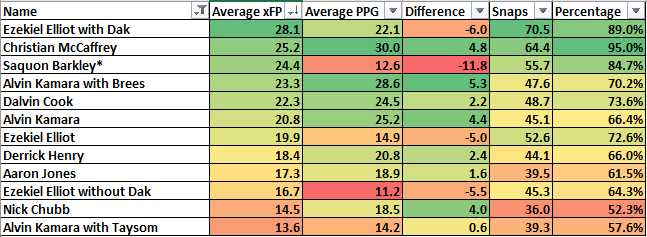
1. Christian McCaffrey

McCaffrey’s xFP per game and PPG figures are calculated based on Weeks 1, 2, and 9 of 2020. The 64.4 snaps per game and 95.0% snap percentage figures are averaged from 2018 and 2019 due to in-game injuries ruining the data. McCaffrey played 97% of the snaps in Week 1, his only fully healthy game of 2020.
CMC led all running backs in 2020 with an absurd 25.2 xFP per game despite leaving two of his three games early due to injury. Even if the Panthers scale back his workload slightly in 2021 to prevent injury, he is so far ahead of the pack that it almost wouldn’t matter. McCaffrey still clearly possesses the best workload in fantasy football and is the undisputed RB1 in 2021.
2. Derrick Henry

Henry played in all 16 games, and no adjustment was needed.
Despite rarely catching passes, Henry has put up back-to-back great seasons with heavy rushing volume and league-leading efficiency. He is a good bet to exceed his xFP again in 2021 due to his talent and the weapons on Tennessee’s offense. However, he will need to maintain both elite rushing volume and elite efficiency to repeat in 2021. The lack of passing game work limits his ceiling compared to The Wolf’s other tier 1 players – CMC and Dalvin Cook.
3. Dalvin Cook

Week 5 was excluded for in-game injury. Cook missed Week 6 with injury and was inactive Week 17 for non-injury reasons.
Cook brings everything you can ask for in a fantasy back. He led all backs with at least four games played in xFP per game, and enjoys excellent volume in both the running and passing game. Cook is an elite talent and a solid bet to slightly outscored his xFP per game, adding even more value. Henry is also a great player, but Cook’s workload offers a higher upside and more margin for error in 2021.
4. Alvin Kamara

The Alvin Kamara with Brees category includes Weeks 1-9, 15-17, and both Saints playoff games. Brees was injured midway through Week 10. The Alvin Kamara with Taysom category includes Weeks 11-14. The Alvin Kamara category includes all of Kamara’s active games. He was placed on the Covid-19 list and did not play Week 17.
The Wolf dropped Kamara to tier two due to quarterback uncertainty, and the xFP data certainly validates his concerns. Kamara was a bonafide stud with Brees in 2020, but his snap share and overall workload fell off a cliff with Taysom Hill at quarterback. Running quarterbacks are bad for their teammates’ fantasy production, and Taysom averaged nearly 10 rushing attempts per start in 2020. Kamara will likely still be elite in 2021 if Jameis is the starter, but the threat of Taysom Hill is very real.
5. Ezekiel Elliott

The Ezekiel Elliott with Dak category includes Weeks 1-4. Ezekiel Elliott without Dak includes Weeks 5-17, except for the bye week and Week 15, when Elliot was inactive. The Ezekiel Elliott category includes all active weeks.
Much like Kamara, the starting quarterback heavily influenced Zeke’s production. In the four games, Dak Prescott started and finished, Elliott averaged the most xFP per game among all players (28.1) in 2020. He saw an insane 29 combined targets/carries in the red zone in those four games and primarily underperformed his xFP due to poor touchdown luck, despite scoring four times. One touchdown was called back by review, and another by penalty, so his actual numbers could have looked even better.
However, his volume and overall production fell off a cliff after the Dak injury. Elliott did play through a calf injury throughout part of the non-Dak sample, and Dak probably won’t throw for 450 yards in all but one of his full games next year, so the true gap might not be quite as big as it appears. Still, the first four games clearly seem more relevant in 2021.
The Cowboys averaged 509.5 yards per game in Dak’s four full games last year. The Chiefs led the NFL with 415.8, so I expect some regression, and Zeke probably won’t be on the field 70 plays per game in 2021. But this is still an elite offense, and he’s locked in for 70+% of the touches again this year. I don’t expect 28.1 xFP per game in 2021, but Elliott’s first four weeks were so incredible that he has plenty of room to regress in volume and still put up elite RB1 numbers with Dak back under center.
6. Nick Chubb

Week 4 is excluded for in-game injury, and Chubb was inactive Weeks 5-9. All other games are included.
Chubb is like Derrick Henry in that his lack of receiving role limits his floor and upside. However, he is not on the field nearly as much and does not see the same volume as Henry in the run game. Chubb made up for his lack of volume with elite talent and efficiency last year and still finished as the PPR RB7 on a per-game basis in 2020 after all adjustments. He is a great player, but it is hard to see a ceiling much higher than his 2020 results without significantly more volume. The gap narrows in non-full PPR formats, but I would still greatly prefer the workload of any other player in The Wolf’s top eight.
7. Saquon Barkley

The xFP and PPG numbers are only taken from Week 1 of 2020, so these numbers are relatively meaningless on such a small sample. The snap counts and snap percentages are an average of all healthy games of Barkley’s NFL career.
Using expected fantasy points for Saquon is difficult because he only played one full game in 2020. However, his career averages of 55.7 snaps per game and 84.7% snap share are elite. Even if the Giants limit his touches to start the season, Edwin Porras, DPT is optimistic that he can quickly ramp up to his full workload. Barkley seems like a good bet to return to elite opportunity and production levels in 2021.
8. Aaron Jones

Jones was inactive in Weeks 7 and 8 and left Week 16 early with an injury. All other weeks are included.
Jones was a stud in 2020, finishing as the RB6 in PPG in this list despite only seeing the 14th-most xFP per game. Jones saw plenty of volume in the running and passing game while on the field. His problem was only playing 61.5% of the snaps.
With former teammate Jamaal Williams heading to Detroit, Jones has an opportunity to increase his snap share and vault his workload to elite levels. AJ Dillon will take some snaps, but Jones should explode in 2021 if he takes a significant part of Williams’ role. The status of Rodgers is still a huge question mark, but if he stays, Jones has a clear path to an elite 2021 workload. I believe the overall RB1 is within his range of outcomes if he can increase his snap share while Rodgers remains in Green Bay.
Check out part 2 and part 3 where I break down the rest of The Wolf’s top-24 running backs for 2021! If you have any questions or feedback, let me know @RSJ_Jackson on Twitter. You can download the full 2020 Expected Fantasy Points report with all players here, and the Excel file with my adjusted top-24 running back xFP data here.





















